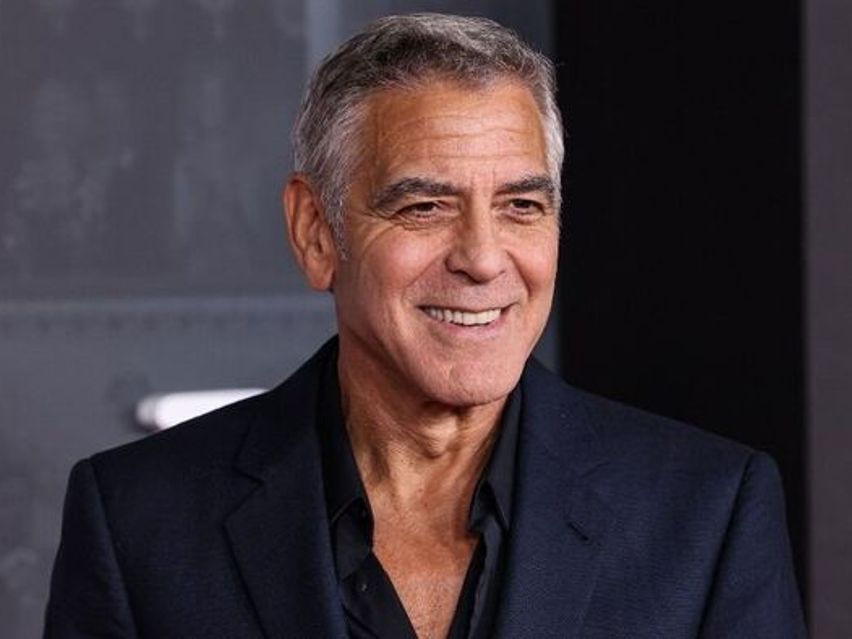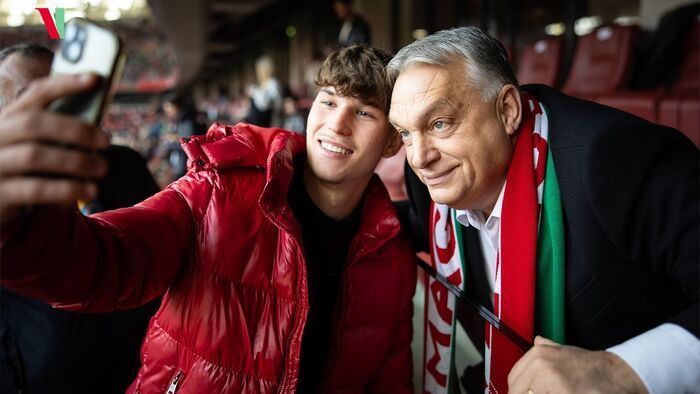The economic integration of Eurasia began during this century; this included the establishment of strategic economic alliances between Germany, the V4 countries and East Asia. Based on their size, levels of development, economic structures and previous relations, the connections that can be built up between the Four Asian Tigers and the Visegrád 4 countries hold a lot of potential and unique strategic benefits. More specifically, there is the potential for country duos or pairings between nations of these two regions. Due to the dimensional differences between China and Japan, strategic networks can be established between their megacities and V4 economic regions, along with political alliances.
Among the four Asian tigers, South Korea and Singapore appear to be the most promising matches for Hungary. While Singapore provides the recipe for social success, South Korea could be a strategic partner in technology investment, R & D, cultural, educational, and tourism cooperation.
A Hungarian and South Korean pairing (Hunkor) would mean a geographic and economic entrance into the European Union for South Korea; for Hungary it would be a strategic step towards the future. For the first, space is more important while the latter needs time – but the two together offer a common place for the future of Eurasia.
What can a South Korean-Hungarian Eurasian pairing be founded on?
Two nations - consistent values
In a global comparison, the Korean and Hungarian nations are perhaps closest in terms of values. They value competition, the desire to persevere and prove themselves, and the prosperity of families. These values move our desires, needs, interests, decisions, and behaviors at all levels of life and community. The similar value systems attract each other and drive factors that lead to success like talent, knowledge, technology, and capital.
Two countries - two flags
The two nations do indeed have big differences, but these complement rather than cancel each other. The national flag of South Korea preserves symbols of ancient knowledge, while also signaling to the world that we are in constant motion as the red (enthusiasm and passion) and blue (security and tranquility) struggle. The yin-yang symbolizes the equality between men and women, but the ongoing struggle for balance. The ancient signs (heaven-earth, fire-water) tell all Koreans that the world is constantly changing and that they must prepare for everything and adapt.























Szóljon hozzá!
Jelenleg csak a hozzászólások egy kis részét látja. Hozzászóláshoz és a további kommentek megtekintéséhez lépjen be, vagy regisztráljon!